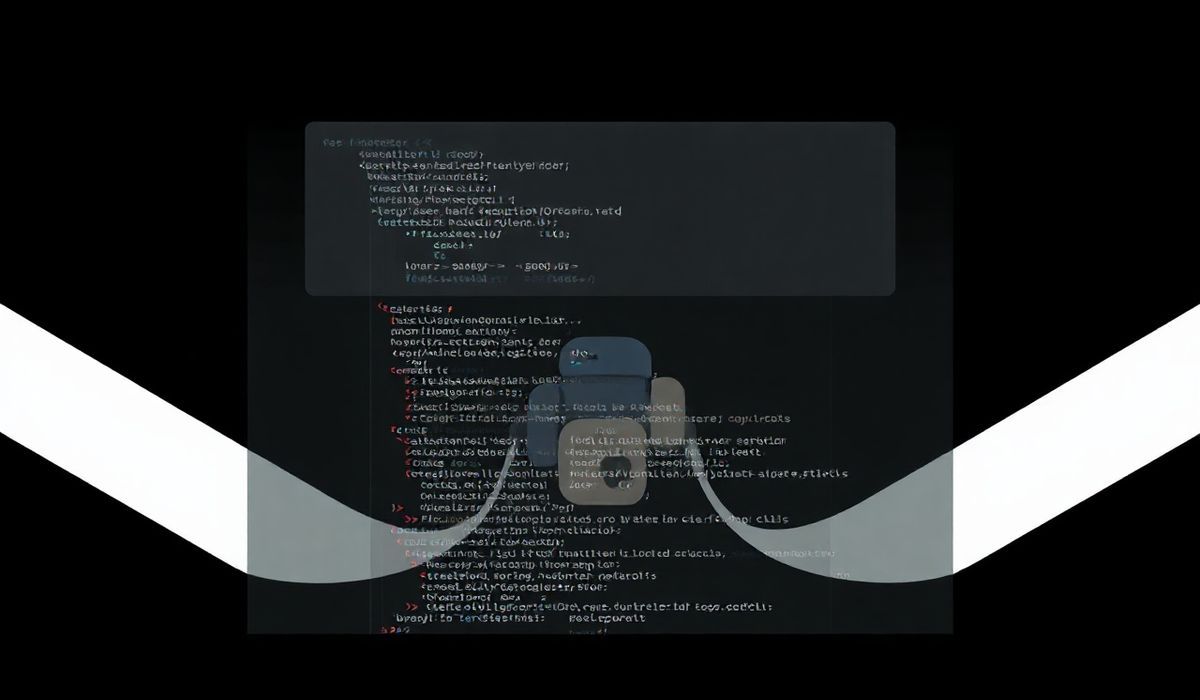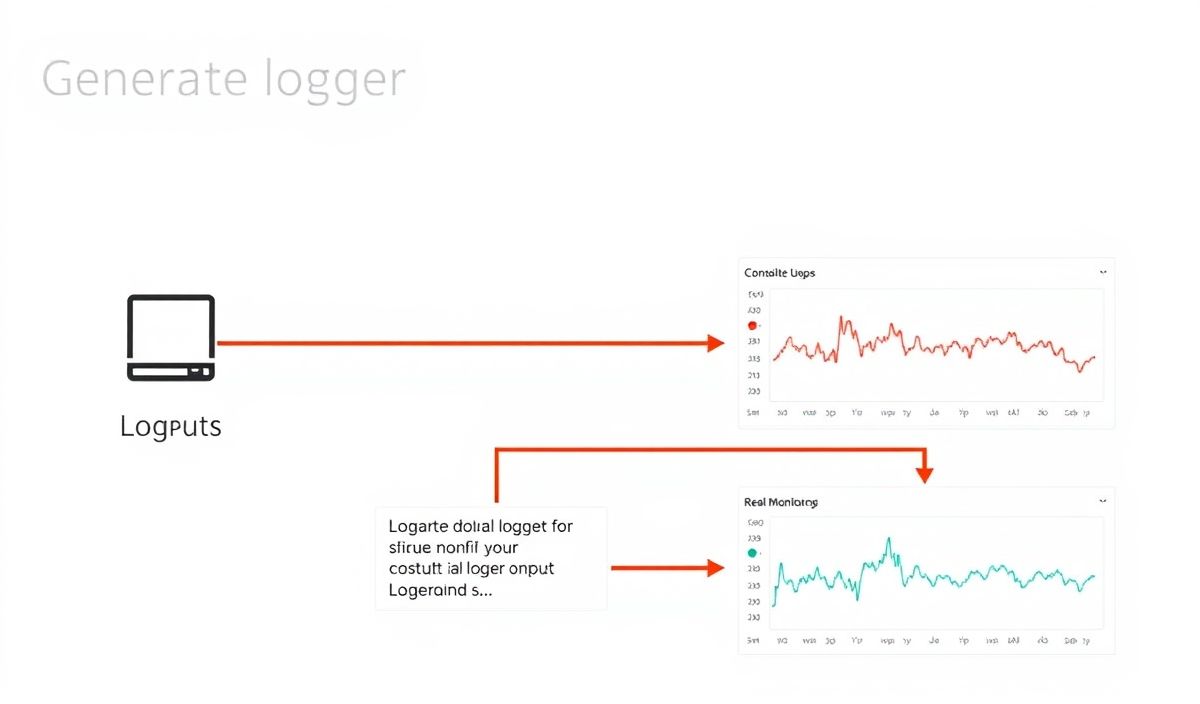Unlock the Power of GPU Programming with NVIDIA CUDA nvrtc cu11
The nvidia-cuda-nvrtc-cu11 is a dynamic, runtime compilation library for NVIDIA GPUs. It allows developers to compile CUDA code on-the-fly at runtime, rather than relying on precompiled binary files. This flexibility enables advanced and adaptive GPU programming for domains like deep learning, scientific computing, and real-time graphic rendering. In this post, we’ll dive deep into how to use this library, explore its APIs, share code examples, and even demonstrate a complete application example.
What is NVIDIA CUDA nvrtc cu11?
The NVIDIA CUDA Runtime Compilation (NVRTC) library offers programmatic control over compiling CUDA C++ code fragments into PTX (Parallel Thread Execution) or SASS (native instruction set) code. NVRTC is part of the CUDA Toolkit, and the cu11 suffix refers to its compatibility with CUDA 11.x versions, ensuring optimized performance on modern NVIDIA GPUs.
Key Features of NVRTC
- Runtime Compilation of CUDA Kernels
- Dynamic Linking
- Programmatic Error Handling and Debugging
- Flexibility to Adapt to Runtime Scenarios
Useful APIs with Examples
Here, we explore some essential NVRTC APIs and demonstrate their usage.
1. nvrtcCreateProgram
Creates an NVRTC program object to manage your code.
#include <nvrtc.h>
nvrtcProgram program;
const char* kernel = "extern \"C\" __global__ void add(int* a) { a[0] += 1; }";
nvrtcCreateProgram(&program, kernel, "add_kernel.cu", 0, NULL, NULL);
2. nvrtcCompileProgram
Compiles the CUDA kernel at runtime.
nvrtcResult res = nvrtcCompileProgram(program, 0, NULL);
if (res != NVRTC_SUCCESS) {
const char* log;
nvrtcGetProgramLog(program, &log);
printf("Compilation error: %s\n", log);
}
3. nvrtcGetPTXSize and nvrtcGetPTX
Retrieves the compiled PTX code size and content.
size_t ptxSize; nvrtcGetPTXSize(program, &ptxSize); char* ptx = new char[ptxSize]; nvrtcGetPTX(program, ptx);
4. nvrtcDestroyProgram
Releases an NVRTC program object to free allocated resources.
nvrtcDestroyProgram(&program);
A Complete Application Example
Let’s demonstrate a real-world use case with NVRTC APIs to compile and execute a simple CUDA kernel for element-wise array addition.
#include <iostream>
#include <nvrtc.h>
#include <cuda_runtime.h>
const char* kernel = "extern \"C\" "
"__global__ void add(float* a, float* b, float* c, int n) { "
" int idx = blockIdx.x * blockDim.x + threadIdx.x;"
" if (idx < n) c[idx] = a[idx] + b[idx];"
"}";
int main() {
// Array initialization
int n = 1024;
float *h_a = new float[n];
float *h_b = new float[n];
float *h_c = new float[n];
for (int i = 0; i < n; ++i) {
h_a[i] = static_cast(i);
h_b[i] = static_cast(2 * i);
}
// Allocate device memory
float *d_a, *d_b, *d_c;
cudaMalloc(&d_a, n * sizeof(float));
cudaMalloc(&d_b, n * sizeof(float));
cudaMalloc(&d_c, n * sizeof(float));
cudaMemcpy(d_a, h_a, n * sizeof(float), cudaMemcpyHostToDevice);
cudaMemcpy(d_b, h_b, n * sizeof(float), cudaMemcpyHostToDevice);
// NVRTC Compilation
nvrtcProgram prog;
nvrtcCreateProgram(&prog, kernel, "add_kernel.cu", 0, NULL, NULL);
nvrtcCompileProgram(prog, 0, NULL);
size_t ptxSize;
nvrtcGetPTXSize(prog, &ptxSize);
char* ptx = new char[ptxSize];
nvrtcGetPTX(prog, ptx);
nvrtcDestroyProgram(&prog);
// Load PTX and launch kernel
CUmodule module;
CUfunction function;
cuModuleLoadData(&module, ptx);
cuModuleGetFunction(&function, module, "add");
void* args[] = { &d_a, &d_b, &d_c, &n };
cuLaunchKernel(function, (n + 255) / 256, 1, 1, 256, 1, 1, 0, 0, args, 0);
// Copy results back to host
cudaMemcpy(h_c, d_c, n * sizeof(float), cudaMemcpyDeviceToHost);
// Validate
for (int i = 0; i < n; ++i) {
if (h_c[i] != h_a[i] + h_b[i]) {
std::cerr << "Error at " << i << ": " << h_c[i] << std::endl;
}
}
// Clean up
delete[] h_a; delete[] h_b; delete[] h_c;
delete[] ptx;
cudaFree(d_a); cudaFree(d_b); cudaFree(d_c);
return 0;
}
Conclusion
With nvidia-cuda-nvrtc-cu11, developers can boost their GPU-based applications by dynamically compiling and launching CUDA kernels. Its runtime flexibility empowers applications in fields as diverse as artificial intelligence, scientific simulations, and real-time graphics. Start integrating NVRTC into your development workflow and unlock unparalleled GPU computing power!




